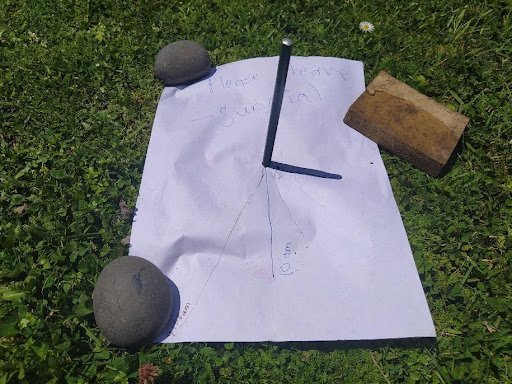August 13: Bryde’s Whales
Let’s learn about the whales in the Hauraki Gulf!

Below are some talking points and activities to pass the time, all relating to today’s story.
Talking points
Discuss the ideas presented in the story with your family—at home or over video conferencing. Find ways to involve as many people as possible, especially those who you know are isolated by the lock-down.
- The Bryde’s whale uses its mouth like a butterfly net, scooping it through the water to catch tiny fish and krill then expelling the water back out. In the top photo, can you see the pleats that have expanded to make the whale’s throat bulge out? How much water do you think it might be holding—a paddling pool full? A spa pool?
- In the top photo, there is a seabird and a dolphin near the whale. Why do you think these species are often seen together?
- Whaling took place at Whangaparapara on Great Barrier Island until the 1960’s. This means that Hauraki Gulf whales were still being hunted when your grandparents were in their teens or 20’s. Do you know how they felt about whaling? How have most people’s attitudes to whales changed since then? What do you think influenced this change?
- Baleen whales can’t choose what they swallow, so microplastics end up in their stomachs along with seafood. What do you know about how microplastics end up in the ocean, and how we can stop them getting there? Did you know that many microplastics start out as bigger pieces of plastic, such as rubbish, that breaks up into small pieces?
- Do you think most Aucklanders know there are whales in the Hauraki Gulf? Do you think one day we could end up with more whales in the Hauraki Gulf? What would we need to do to achieve this?
Activity
Take action on microplastics!
Find the stormwater drain nearest to your house. To do this, start at your letterbox and turn downhill, or towards the nearest coast. Walk until you find a stormwater drain. Pick up any rubbish you find on the way.
Is there any rubbish resting on the grate of the drain? Can you see how in big rains, this rubbish would slip through the grate?
See if you can figure out how the water gets from the stormwater drain to the sea. Think about the direction of the nearest beach from where you are standing. You can use Google Maps Street View to help you figure out the nearest stream or culvert which leads to the beach.
Go on a longer walk if you can and pick up as much rubbish as possible—and feel great about having saved some marine animals from a nasty mouthful.



















